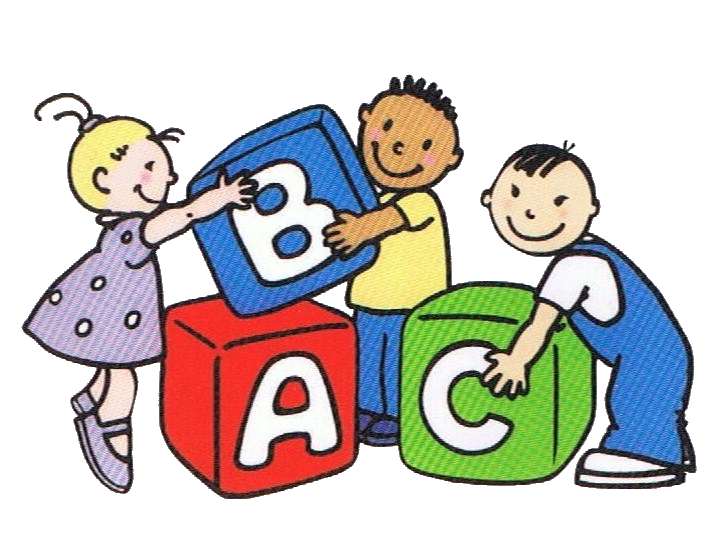General research interests:
a)
social-emotional development (e.g., attachment;
peer relationships; ontogeny of disgust response)
b)
social-cognitive development (e.g., emotion
understanding in infancy and early childhood)
Current research focus:
Infants’ responses to
other people’s emotional expressions - what can it
tell us about their emotion understanding in
particular, but also their more general
understanding of other people?
What
is emotion understanding?
It includes (but is not limited to):
1. Referential
intent - understanding what the emotion is about
and/or what caused the emotion
(Repacholi, 1998; Repacholi,
2010)
2. Emotional
content - understanding emotions in terms of
valence (e.g., a simple positive-negative
distinction) vs. understanding discrete emotions
(i.e., the unique meaning associated with each
different emotion) (Repacholi, 1996)
3. Subjectivity - understand
that different people can have different emotional
responses about the same object or vent (Repacholi
& Gopnik, 1997)
4. Emotional
eavesdropping – attending to emotional exchanges
between other people and
determining if the information is personally
relevant (Repacholi & Meltzoff 2007)
5. Emotion
prediction - e.g., predicting another person’s
emotions on the basis of their visual
experiences (i.e., what they can vs cannot see)
(Repacholi et al., 2009)
If you are
interested in finding out more about past
research, take a look at our publications below.
If you are a parent and would like to
participate, click here.
Publications:
Stevenson, R.J., Oaten,
M.J., Case, T.I., REPACHOLI, B.M., & Wagland,
P. (2010). Children’s response to adult
disgust elicitors: Development and
acquisition. Developmental Psychology, 46,
165-177.
REPACHOLI, B.M.
(2009). Linking actions and emotions: Evidence
from 15- and 18-month-old infants. British
Journal of Developmental Psychology, 27, 649-667.
REPACHOLI, B.M.,
Meltzoff, A.N., & Olsen, B. (2008).
Infants’ understanding of the link between visual
perception and emotion: “If she can’t see me doing
it, she won’t get angry”. Developmental
Psychology, 44, 561-574.
Toub, T., &
REPACHOLI, B.M. (2007). Infants’ response to
indirect emotional information: the role of
the emotional referent. Published abstracts of
the 5th biennial meeting of the Cognitive
Development Society, Santa Fe, USA, October.
REPACHOLI, B.M., &
Meltzoff, A.N. (2007). Emotional
eavesdropping: Infants selectively respond to
indirect emotional signals. Child Development,
78, 503-521.
Case, T.I., REPACHOLI,
B.M., & Stevenson, R.J. (2006). My baby
doesn’t smell as bad as yours: The plasticity
of disgust. Evolution and Human Behavior, 27,
357-365.
Stevenson, R., &
REPACHOLI, B. (2005). Does the source of an
interpersonal odour affect disgust? A disease
risk model and its alternatives. European
Journal of Social Psychology, 35, 375-401.
Repacholi, B., &
Trapolini, T. (2004). Attachment and preschool
children's understanding of maternal versus
non-maternal psychological states. British Journal
of Developmental Psychology, 22, 395-416.
Repacholi, B., &
Slaughter, V. (Eds.). (2003). Individual differences
in theory of mind: Implications for typical and
atypical development. Hove, UK: Psychology Press.
Repacholi, B.,
Slaughter, V., Pritchard, M., & Gibbs, V.
(2003). Theory of mind, Machiavellianism, and social
functioning in childhood (pp. 67-98). In B.
Repacholi & V. Slaughter (Eds.) Individual
differences in theory of mind: Implications for
typical and atypical development. Hove, UK:
Psychology Press.
Slaughter, V., &
Repacholi, B. (2003). Individual differences in
theory of mind: what are we investigating? (pp.
1-12). In B. Repacholi & V. Slaughter (Eds.)
Individual differences in theory of mind:
Implications for typical and atypical development.
Hove, UK: Psychology Press.
Pickering, S., &
Repacholi, B. (2002). Modifying children's
gender-typed musical instrument preferences: The
effects of gender and age. Sex Roles, 45, 623-643.
Meltzoff, A., Gopnik,
A., & Repacholi, B. (1999). Toddlers'
understanding of intentions, desires and emotions:
Explorations of the dark ages. In P. Zelazo, J.
Astington, & D. Olson (Eds.), Developing
theories of intention: Social understanding and
self-control (pp. 17-41). Mahwah, NJ: Erlbaum.
Repacholi, B. M.
(1998). Infants' use of attentional cues to identify
the referent of another person's emotional
expression. Developmental Psychology, 34, 1017-1025.
Repacholi, B. M., &
Gopnik, A. (1997). Early reasoning about desires:
Evidence from 14- and 18-month-olds. Developmental
Psychology, 33, 12-21.
|











